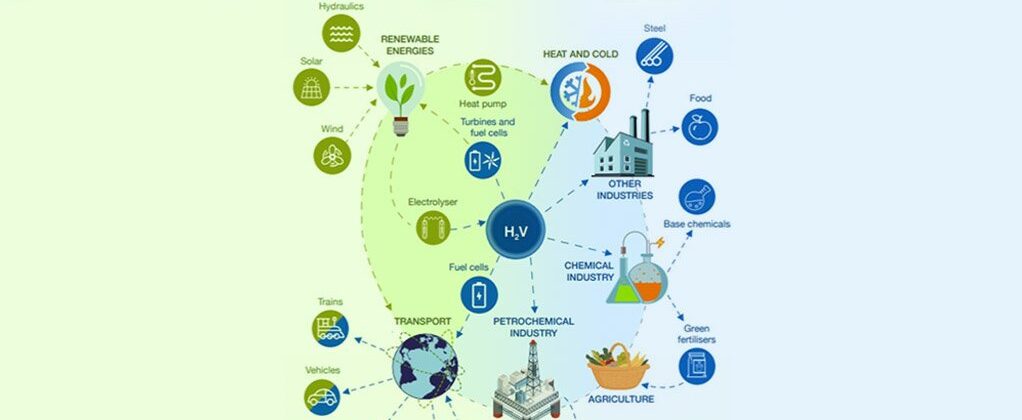by Flextra Engineered Products 0 comment
R4-trillion needed for South Africa’s hydrogen economy, PIC declares
JOHANNESBURG (miningweekly.com) – South Africa’s State-owned Public Investment Corporation (PIC) stated on Monday that more than R4.3-trillion is required for the development of the hydrogen economy, which it declared positive for people, planet, and client portfolios.
The hydrogen investment strategy of the PIC, which has R2.339-trillion worth of assets under management, is aimed at unlocking value.
This it will seek to do through:
the funding and provision of early-stage capital for the development of the hydrogen value chain; and
leveraging off more than 200 hydrogen projects that have been announced worldwide.
Hydrogen promises to be the next frontier in clean energy technology due to its extensive value chain applications, the PIC states in a media release to Engineering News & Mining Weekly.
Hydrogen, Africa’s biggest financier added, can be used to industrialise and create a resultant hydrogen economy, along with job generation, localised manufacturing and turning this country into one of the world’s largest exporters of green hydrogen.
Through its Hydrogen Society Roadmap, South Africa has already identified hydrogen as an investment avenue, amid this country’s high solar radiation levels and large coastline area that offers prime wind energy potential.
Hydrogen is able to augment that renewable energy production by offering a relatively affordable way to store and transport the excess energy produced from these sources.
In addition, a well-developed hydrogen sector will boost demand for platinum group metals (PGMs), which are hosted overwhelmingly by South Africa.
PGMs are used in electrolysers to separate water into green hydrogen and oxygen, and in fuel cells to generate emission-free electricity from the hydrogen, with both playing key decarbonisation roles.
Hydrogen fuel cell electric vehicle (FCEV) fleets are on the rise worldwide, with China alone targeting cumulative sales of one-million FCEVs by 2035.
PGMs, which have unique catalytic properties, are used in proton exchange membrane (PEM) technologies and momentum behind PEM investment is building up, the World Platinum Investment Council has reported.
PIC’s adoption of its hydrogen strategy comes at a time when several countries around the world have already taken steps to use hydrogen as a clean energy source.
Moreover, South Africa’s hydrogen roadmap identifies PIC as a potential co-investor in hydrogen projects, along with other finance institutions.
The recently released Just Energy Transition Investment Plan, or JET-IP, points to an investment requirement of R1.5-trillion over the coming five years to support a shift from coal to renewables in the electricity sector, as well as to facilitate electric vehicle manufacturing and green hydrogen production.
To realise the green hydrogen ambitions outlined in the JET-IP, the Mapungubwe Institute for Strategic Reflection has highlighted the need for South Africa to build mineral beneficiation value chains to meet the requirements of the hydrogen economy.

